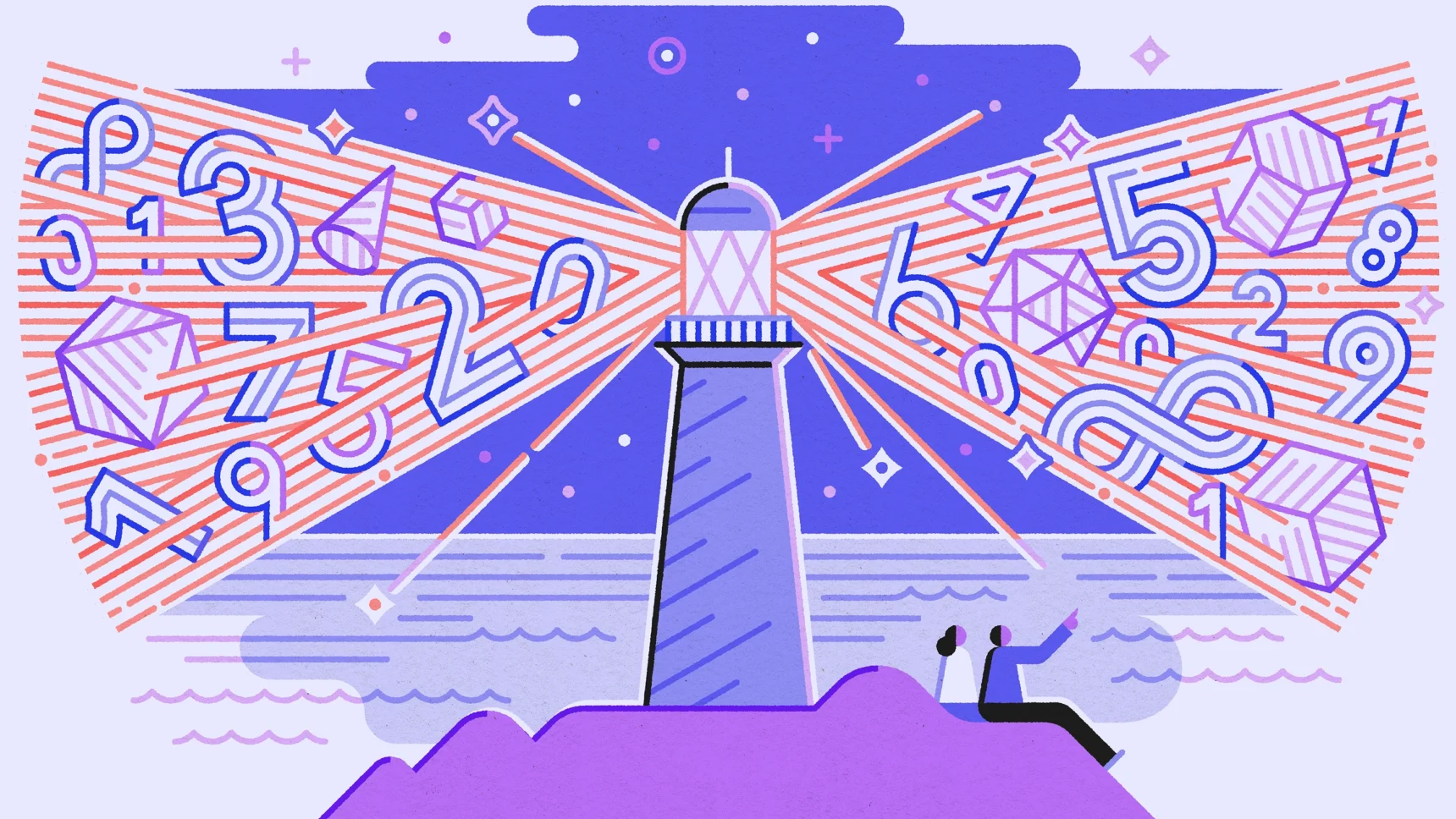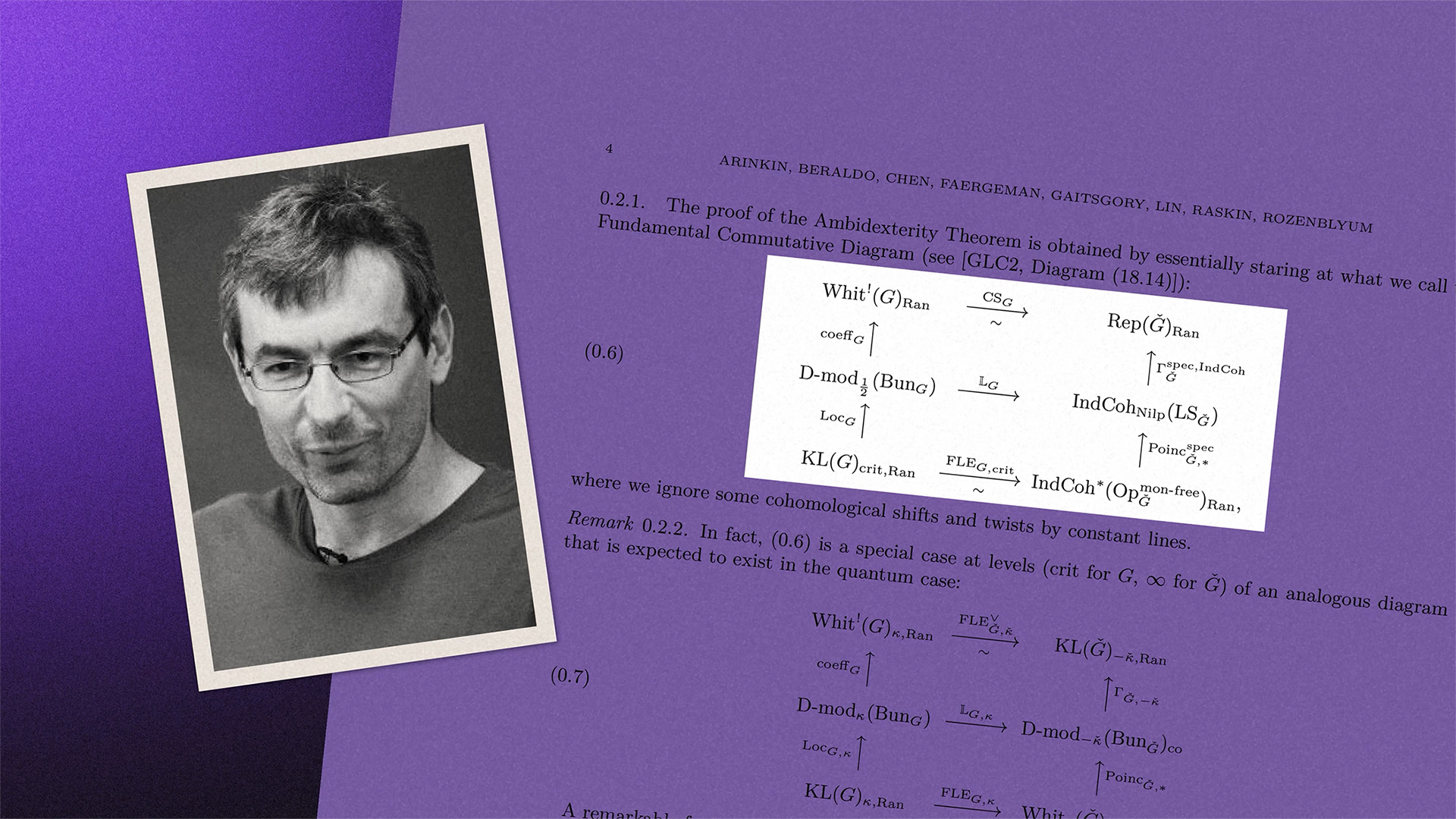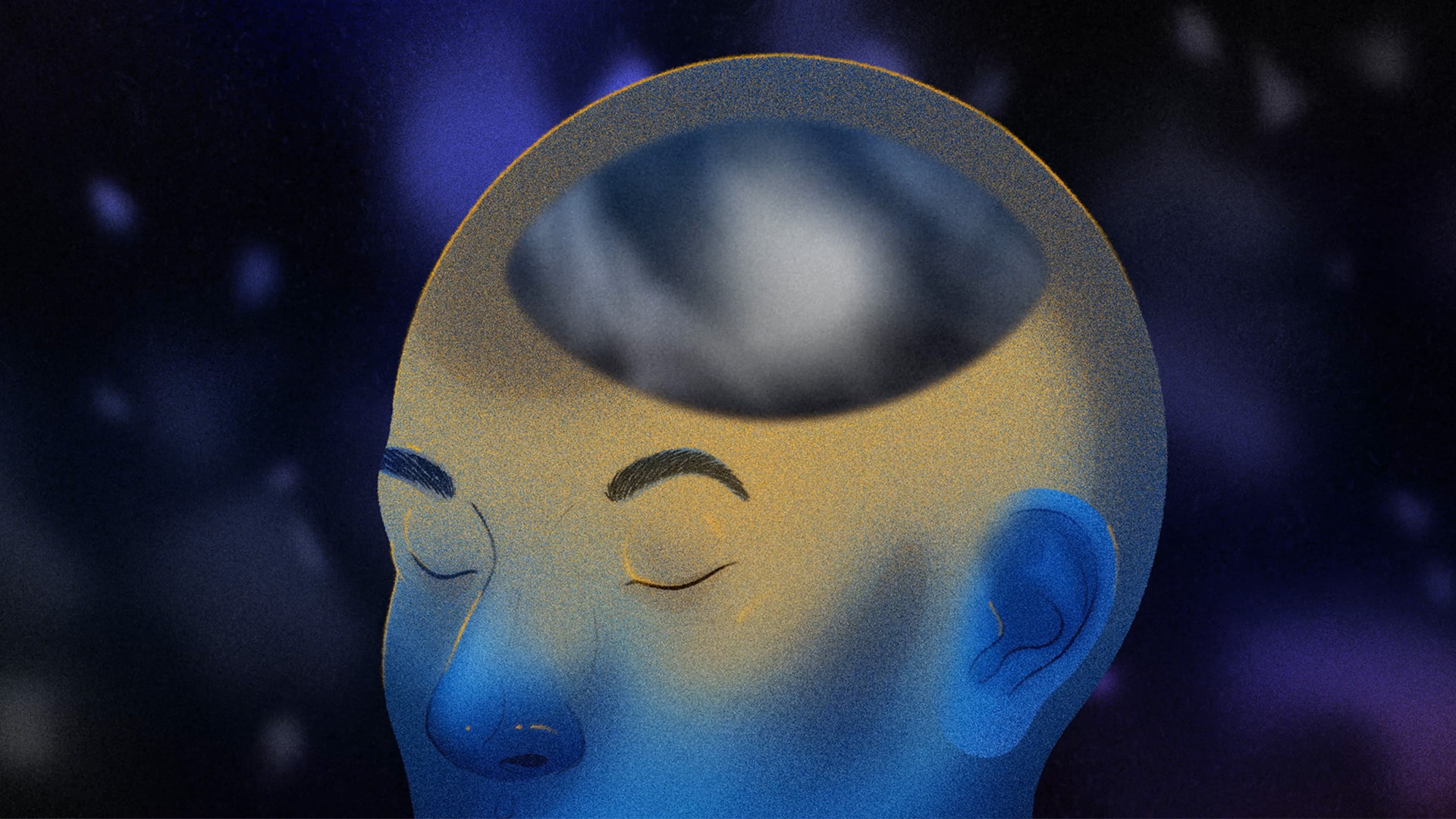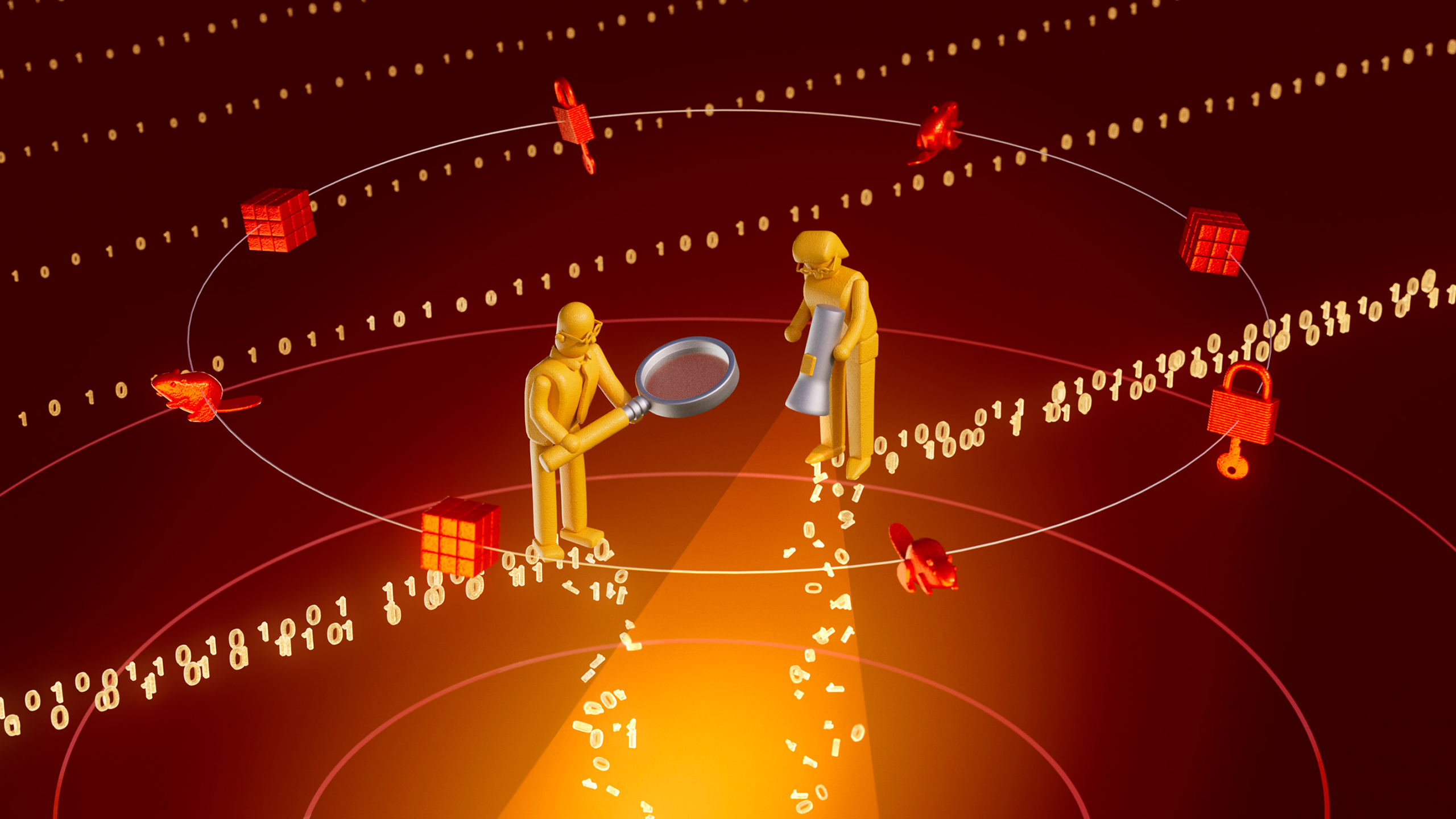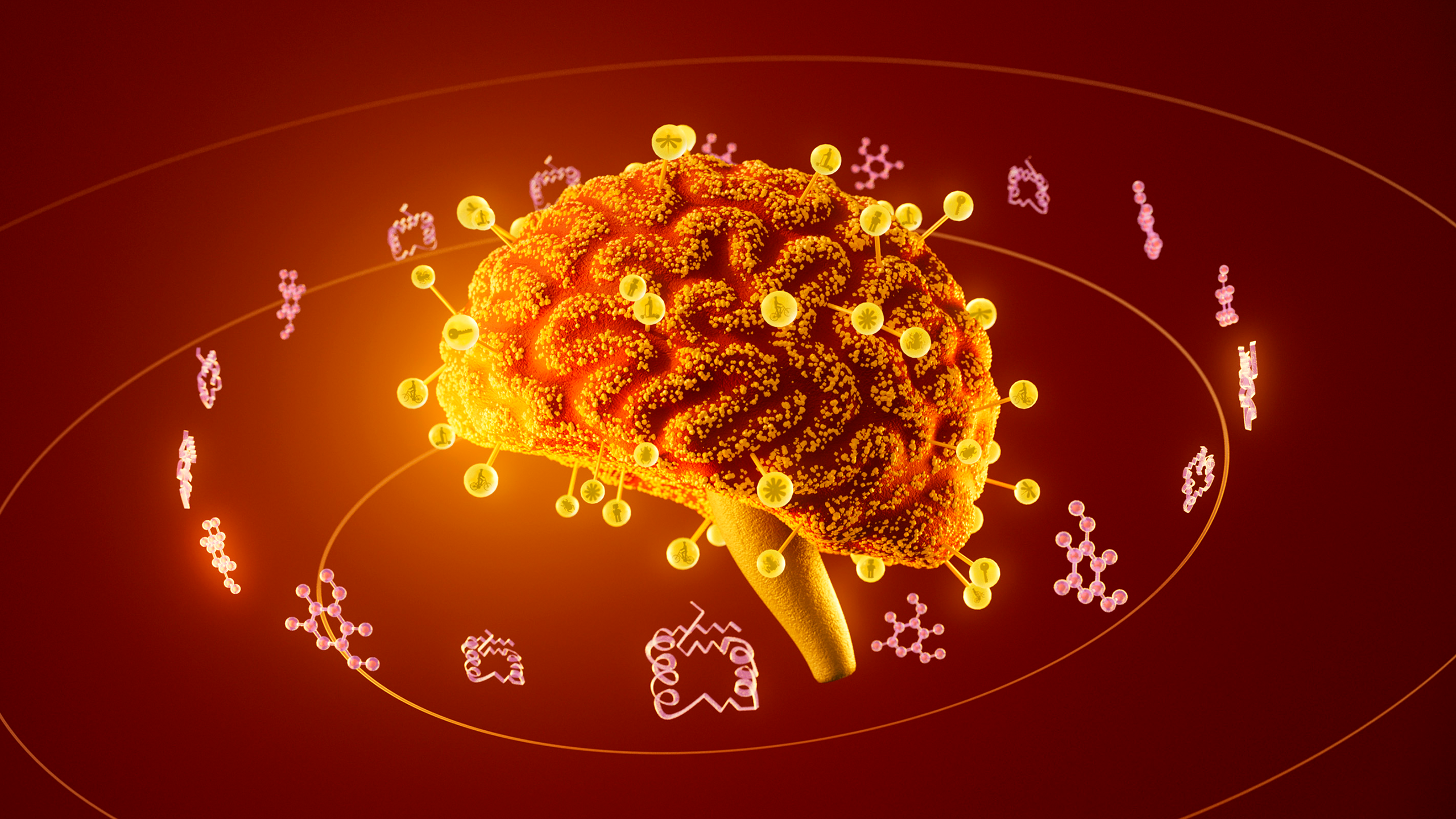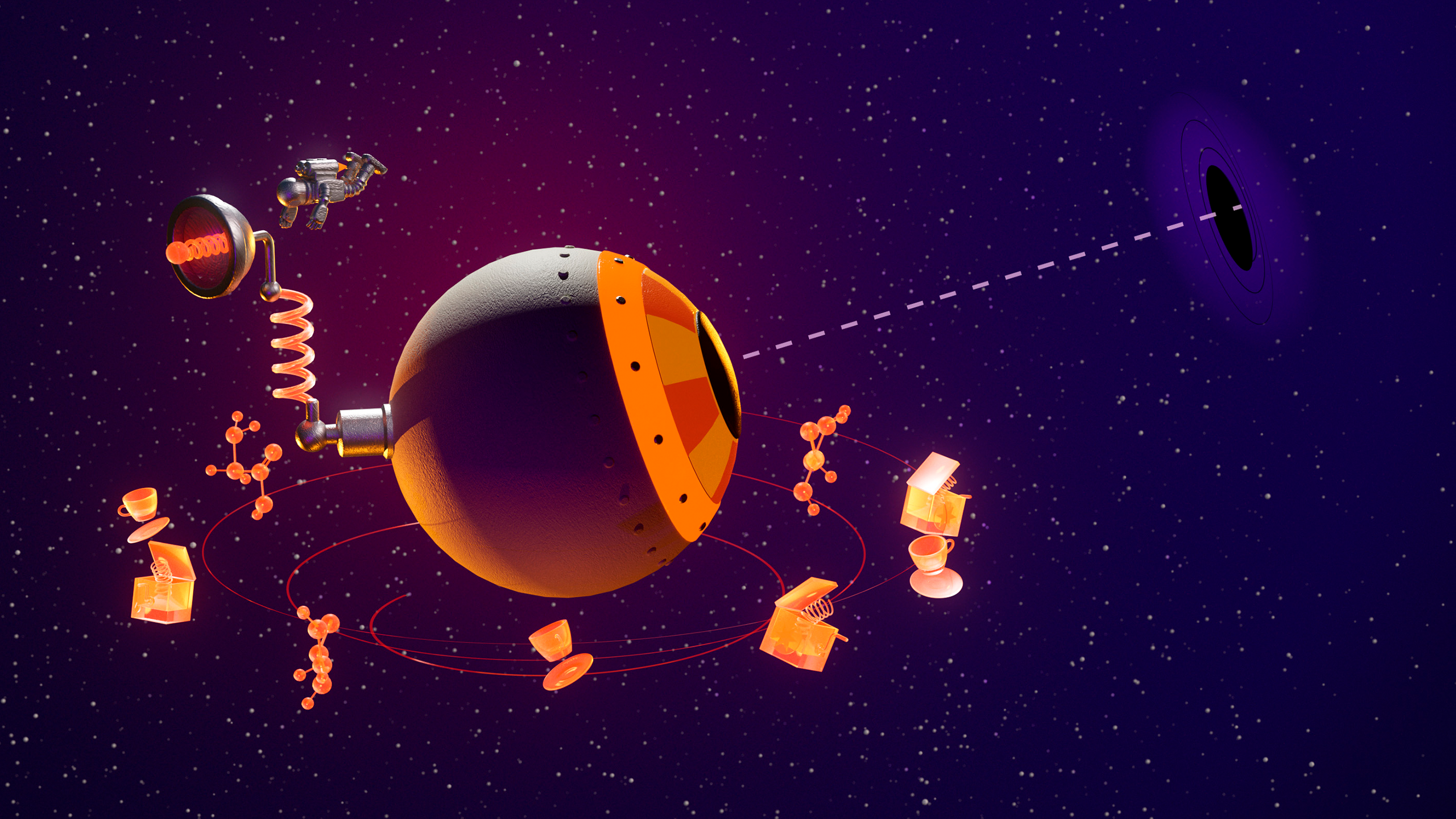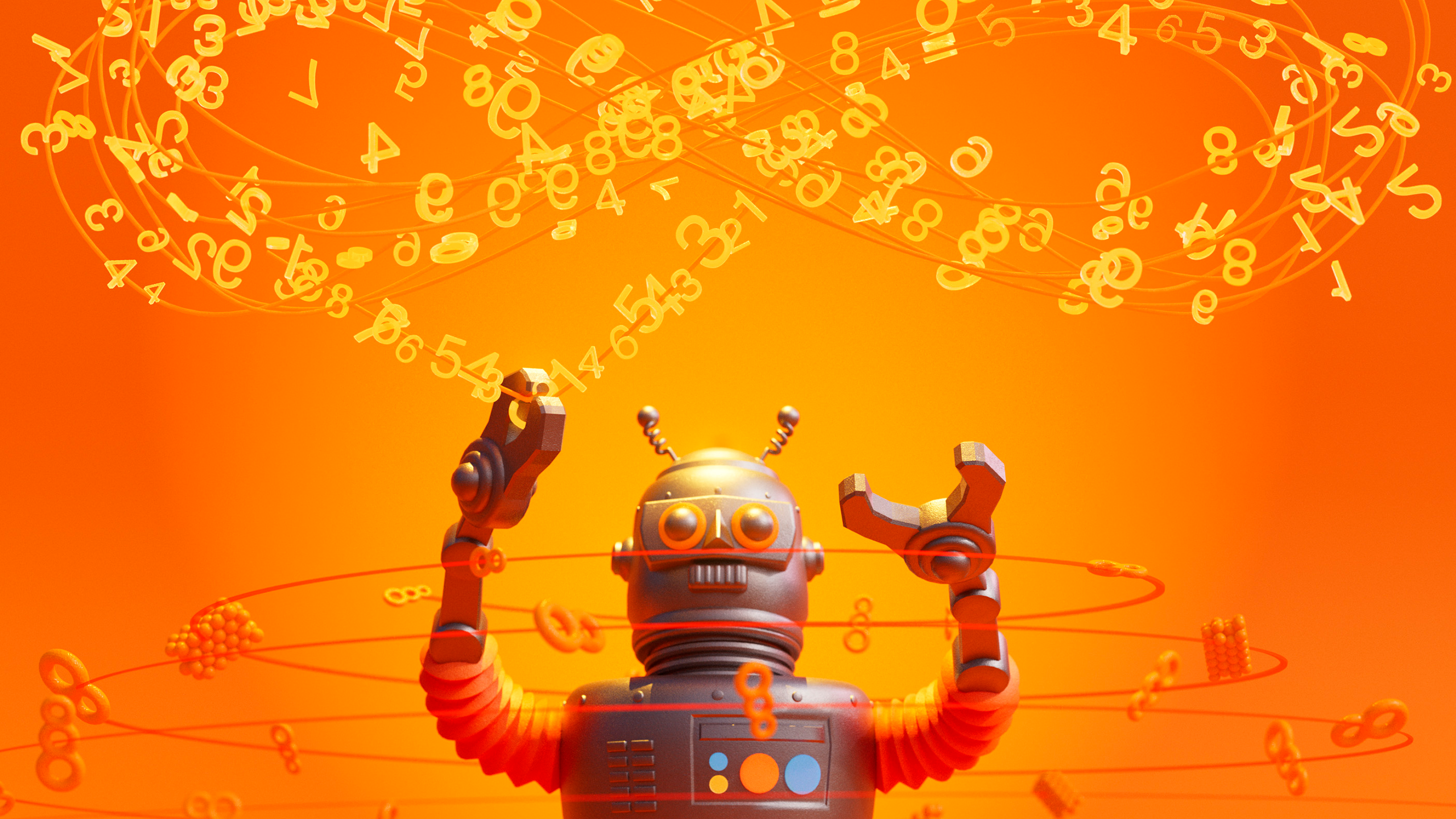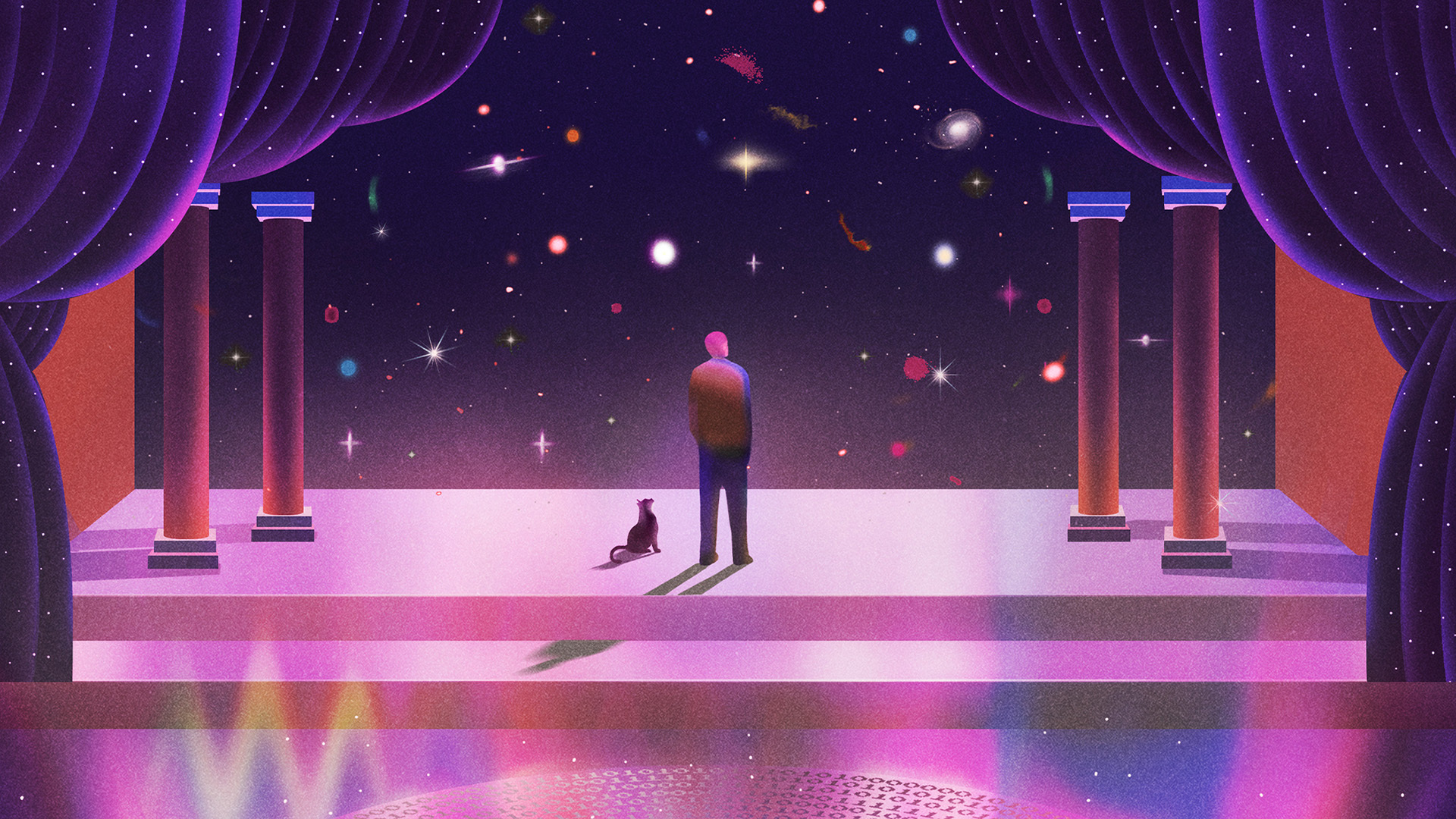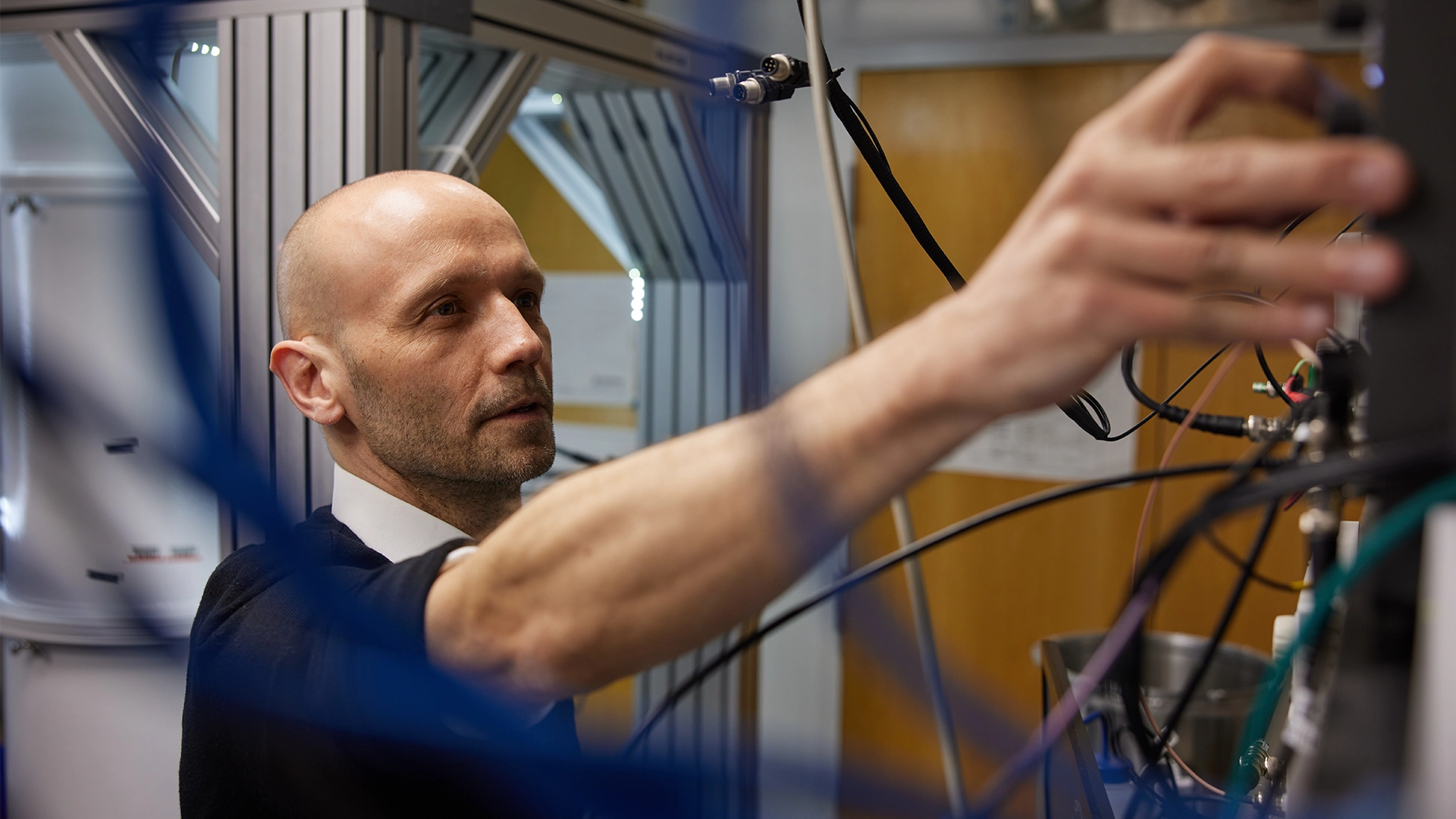Videos
The Biggest Breakthroughs in Mathematics: 2025
2025 marked a historic year in mathematics. Researchers solved a major case of Hilbert’s ambitious sixth problem, proved a sweeping new theorem about hyperbolic surfaces, and settled the longstanding three-dimensional Kakeya conjecture.
Read related article
Explore All Videos
One Step Closer to a ‘Grand Unified Theory of Math’: Geometric Langlands
After 30 years of effort, mathematicians finally proved a major component of the ambitious Langlands program.
Why Some People Don’t ‘See’ Mental Imagery: Aphantasia
Neuroscience research into people with aphantasia is now revealing how imagination works and demonstrating the sweeping variety in our subjective experiences.
2024 Biggest Breakthroughs in Computer Science
The year’s biggest computer science stories included a new understanding of large language models, and a breakthrough in being able to compute complex quantum systems.
2024 Biggest Breakthroughs in Biology
We look back at three of the biggest biology stories of 2024: a reconstruction of the ancient ancestor of all modern life, the discovery of a neural circuit that regulates the immune system, and artificial intelligence’s transformation of protein science.
2024 Biggest Breakthroughs in Physics
A look back at three of the biggest stories in physics this year, including evidence that dark energy may be weakening, the discovery of a supersolid, and new advances in quantum geometry.
2024 Biggest Breakthroughs in Math
We investigate three of 2024’s biggest breakthroughs in mathematics, including a better way to pack spheres in high dimensions, a new way to avoid forming patterns of numbers, and an 800-page proof of the so-called geometric Langlands conjecture.
How AI Cracked the Protein Folding Code and Won a Nobel Prize
This is the inside story of how David Baker (pictured here), Demis Hassabis and John Jumper won the 2024 Nobel Prize in Chemistry for advances in computer-assisted protein design and structure prediction.
Space-Time: The Biggest Problem in Physics
What is the deepest level of reality? In this Quanta explainer, Vijay Balasubramanian, a physicist at the University of Pennsylvania, takes us on a journey through space-time to investigate what it’s made of, why it’s failing us, and where physics can go next.
Searching for Dark Matter with a Tabletop ‘Quantum Compass’
The physicist Alex Sushkov has developed one of the most targeted magnetic resonance experiments to date with the aim of detecting a hypothetical dark matter particle called the axion.
